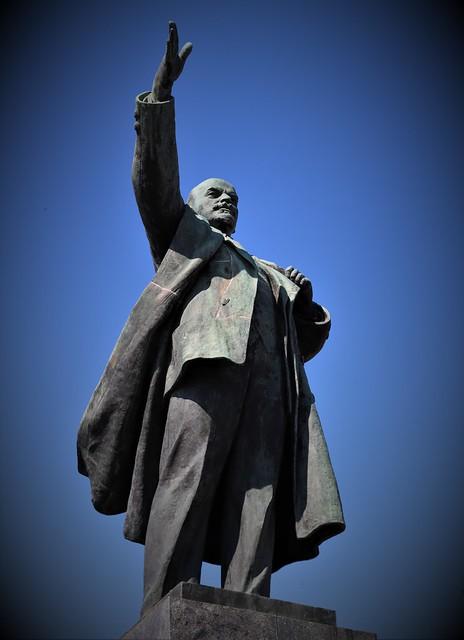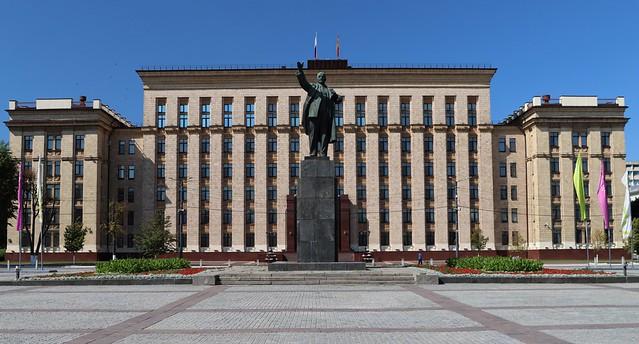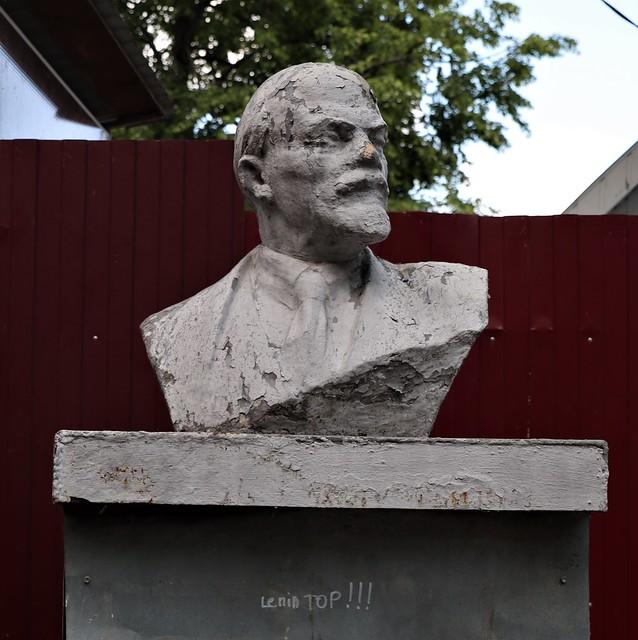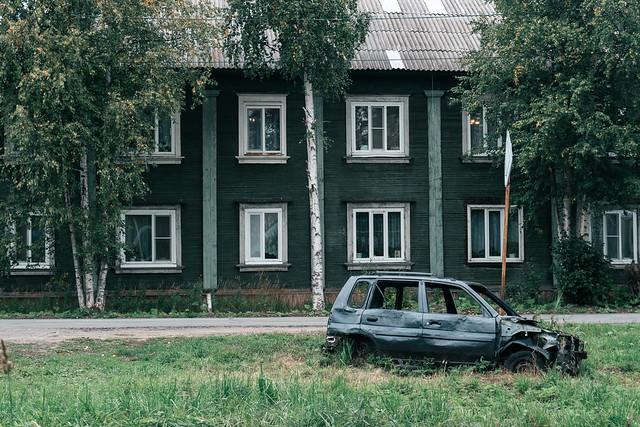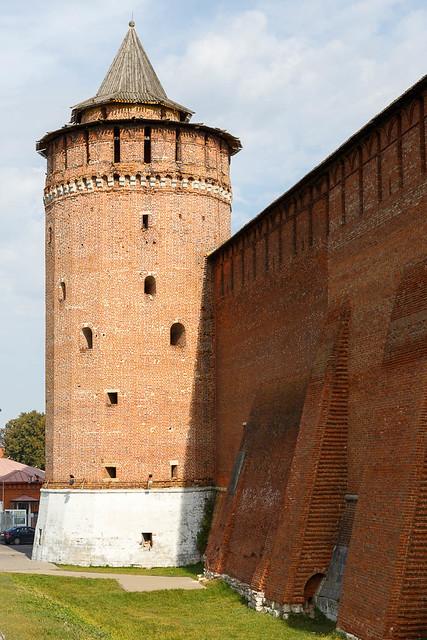Samara Oblast
Overview
Geography and Natural Beauty
Samara Oblast is situated in the southeastern part of European Russia, bordered by the Volga River to the west. This region is characterized by rolling hills, vast steppes, and picturesque riverbanks, making it a treasure trove for nature lovers. The diverse landscapes offer opportunities for outdoor activities such as hiking, fishing, and birdwatching. The scenic beauty is particularly striking in the Samarskaya Luka National Park, where dramatic cliffs and lush forests provide a stunning backdrop for exploration. The park is a UNESCO World Heritage Site and features unique geological formations, making it an ideal spot for photography and nature walks.
Cultural Heritage and Traditions
The culture of Samara Oblast is a vibrant tapestry woven from its rich history and diverse ethnic influences. The region has a strong connection to traditional Russian folklore, with numerous festivals celebrating local customs, crafts, and cuisine. One of the most notable events is the "Samara Gubernatorial Festival," which showcases regional music, dance, and arts. Visitors can also experience the warmth of local hospitality by staying in family-owned guesthouses, where they can enjoy homemade meals featuring traditional dishes like "syrniki" (cheese pancakes) and "pelmeni" (dumplings).
Historical Significance
Samara Oblast has played a crucial role in Russian history, particularly during the 19th century as a center for trade and agriculture. The city of Samara, the administrative capital, is known for its stunning neoclassical architecture and historical landmarks, including the Samara Regional Art Museum and the iconic Zhiguli Brewery, one of the oldest in Russia. The region was also a significant site during World War II, serving as a strategic hub and a refuge for many displaced individuals. The rich history can be explored through various museums and guided tours that delve into the past and its influence on contemporary Russian culture.
Local Characteristics and Economy
The economy of Samara Oblast is diverse, with key industries including agriculture, manufacturing, and aerospace. Known as the birthplace of the Russian space program, Samara is home to the Progress Rocket Space Centre, where spacecraft are developed and launched. This legacy is celebrated in the local culture, with the Museum of the History of Space Exploration offering fascinating insights into the region's contributions to space travel. Agriculture plays a vital role in the local economy, with fertile soils yielding grains and sunflowers, which are staples of Russian cuisine.
Transportation and Accessibility
Samara Oblast is well-connected by various modes of transportation, making it accessible for foreign travelers. The region has a robust rail network and is served by the Kurumoch International Airport, which offers flights to major cities in Russia and some international destinations. Once in the region, travelers can easily navigate through public transportation or rent a vehicle to explore the charming towns and rural areas at their own pace.
Conclusion
With its rich cultural heritage, stunning natural landscapes, and significant historical landmarks, Samara Oblast offers a unique glimpse into the heart of Russia. Visitors will find a warm welcome and a chance to immerse themselves in a region that beautifully blends tradition and modernity, providing unforgettable experiences for those willing to venture off the beaten path.
How It Becomes to This
History not available

You May Like
Explore other interesting states in Russia
Discover More Area
Delve into more destinations within this state and uncover hidden gems.


